Telling the Story of RVM
WELCOME, HISTORIAN JORDAN MO!
Jordan is Part 4 of the 3-part article below, which was crafted in part with the goal of attracting a volunteer to the position of Resident Council Historian. It is a testimony to the writing skill and persuasive power of the staff of The Complement that it worked without even being published! When asked to introduce herself to the subjects of her future narratives, Jordan submitted the following:“JORDAN MO is a native of and survivor of Minnesota’s worst weather (she credits her Norwegian heritage) before migrating to California to Whittier Union High school, UCLA, and a peripatetic career in advertising, retail, banking, the LA County Assessor’s Office, political consulting and, lastly, avocado ranching. Volunteerism included the LA Opera Company, progressive politics (especially the women’s movement) and ACLU. Jordan and Jan Hines were close friends at UCLA and re-connected in retirement in Santa Barbara. They decided to move on to RVM after a presentation at Fess Parker’s and a free breakfast! Look for Jordan most afternoons walking their white Scottie dog “Annie”.”
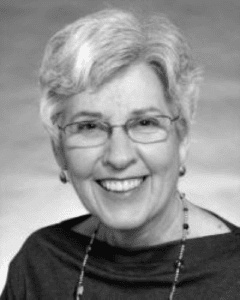
Faye Isaak
RVM History part 1, by Connie Kent
Once upon a time there was a tall bare hill near a middle-size town in Southwestern Oregon. From the top of the hill, one could look out over nearby fields, orchards and communities of the Rogue Valley. In 1955, several ministers from area congregations got together and dreamed. They dreamed of a retirement community that would be the finest in the country, one that would attract people from all over the United States. They formed a nonprofit corporation, purchased the first fifteen acres atop the hill, and set about promoting their vision.
Four years later, they had arranged financing, hired an architect, sold over a hundred apartments to prospective residents, and were ready to break ground for the Rogue Valley Manor. Two and a half years later, in January, 1961, the first residents moved in.
Initially, there were problems, of course. Almost immediately there was a tax issue: should residents be required to pay property taxes? There were operational deficits requiring an increase in apartment fees. There was an employee strike in 1977. There were problems with food service providers, personnel policies, and increasing indebtedness. But gradually, these obstacles were overcome, due in large part to the optimism and generosity of residents. And by its twentieth anniversary, the Manor was securely established and ready to grow.
Over the years, several residents have undertaken to record the history of the Manor, now in its sixty-first year. These are available in our library.
In July, 1981, Willa-Hoyt Budd wrote the short A History of Rogue Valley Manor, 1961-1981: In celebration of the Twentieth Anniversary.
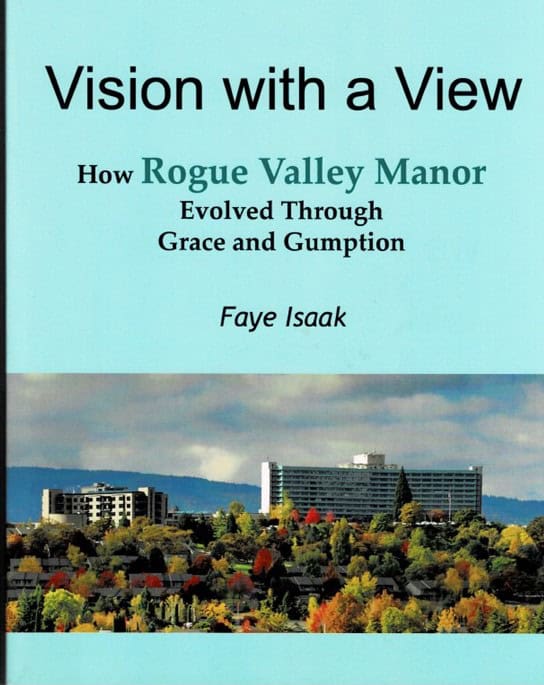 In 1990, George M. Jemison published A History of Rogue Valley Manor, 1955-1989.
In 1990, George M. Jemison published A History of Rogue Valley Manor, 1955-1989.
In the years 1998 to 2003, an annual yearbook was published.
In 2015, Faye Isaak published her comprehensive history with lots of colored photos, Vision with a View: How Rogue Valley Manor Evolved through Grace and Gumption. The book is in the RVM Library, and copies are available for sale at the RVM Foundation office ($25 apiece).
In addition, there are back copies of Hill Topics, which first appeared in November 1961 as Hill-Top-Ics.
Others have continued to carry on the work of these authors—not necessarily to write another history, but to keep track of important events as they unfold, to archive historic materials: in a word, as Manor Historians.
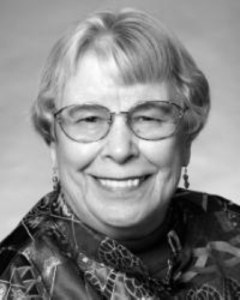
Norma Trump
RVM History Part 2 — by Joni Johnson
Norma and Mike Trump joined RVM in 2010, and she was RVM’s historian from 2011 until Daphne Fautin took over in 2015. Before Norma, the post had gone vacant for a number of years. While Norma never had formal training as a historian/librarian, she had been involved in genealogy for almost 60 years. She and her husband, Mike, were extremely active with the Cloverdale Historical Society. They were in Cloverdale, California for 10 years before coming to RVM and were instrumental in helping the Historical Society erect the History Center. From the Cloverdale Historical Society current website, I was able to pull up the following paragraph: “From the early years of the Historical Society founded by Jack Howell with years of support from Marge Gray, Mike and Norma Trump, and many others to the building of the History Center, volunteers dedicated to preserving local history have made a difference”. In Mike and Norma’s honor, the research library was named the Trump Research Library.
During Norma’s time as historian, she and Mike scanned all of the old papers, catalogs and historical books as well as all of the issues of Hill Topics dating back to 1961. Everything was put on CDs. In addition, she would go through the Mail Tribune looking for articles dealing with RVM residents including their activities, accomplishments and deaths. She would put these in binders.
Norma’s greatest wish is that RVM would finally dedicate a room to the history of the Manor with places for the binders, photographs and artifacts. She feels that there is so much to offer our residents and prospective residents given our longevity, our own history and the continued change we see here at the Manor.
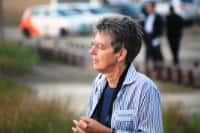
Daphne Fautin
RVM History Part 3 — by Daphne Fautin and Bob Buddemeier
Daphne Fautin was surprised at how easy it was to become Residents Council Historian. She was still a newcomer (after arriving in mid-2015) when she responded to an RVMlist notice seeking a successor to Norma Trump. “I thought there would be competition,” she said. Instead, the job was quickly hers.
Her interests had included the frontier history of Wyoming—where she grew up, and Utah—where her father’s family lived. Her professional activities, as a marine biologist specializing in sea anemones, had included archival as well as experimental research, and organization of a session at a History of Oceanography symposium.
She thought that taking on the job would be easy, since Faye Isaak had recently published her book, and Norma Trump, with the help of her husband Mike, had collected and digitized a large amount of material.
Daphne’s initial efforts focused mostly on trying to identify the people, events, and organizations depicted in a number of old photographs. She examined old directories and interviewed long-term residents. She enjoyed meeting the people and following their lives, but was frustrated at how difficult it was to make positive identifications in many cases.
However, new challenges were on the horizon. She documented the progression of the Norovirus epidemic, which proved to be an excellent warm-up for the COVID-19 experience – and, of course, the Almeda fire evacuation. All of these were not only novel events in the history of RVM, but also transformative in the terms of RVM management and aspects of resident life.
When asked about her hopes for continuation of historical information collection at RVM, she replied forcefully that it was critical to develop a system whereby the information can be reliably preserved and made available to the residents. “Information was lost when a computer was replaced, and the Residents Council has no computer system or custodian to provide permanent storage and access,” she said. At present, historical archives will be transferred to the next historian as a notebook and a flash drive.

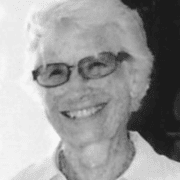
Leave a Reply
Want to join the discussion?Feel free to contribute!